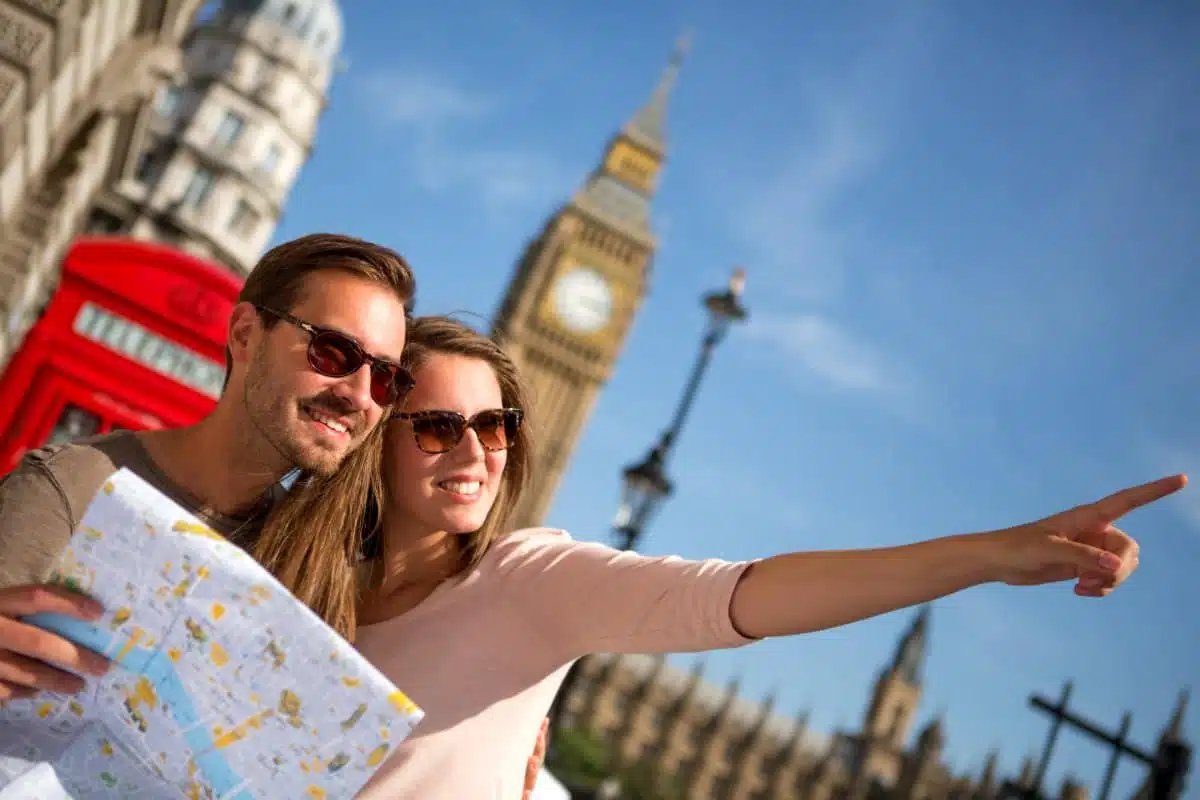Traveler Profile: Katie, UK
Location: London, England
Time of Year: Late spring
Travel Goals: Great photography locations, local culture, history and magic
I don’t go often, but London is a city where history and modernity intertwine and offers endless experiences that cater to every interest. From the quaint streets of Notting Hill to the historic walls of the Tower of London, a day in this vibrant city is a journey through centuries of culture, art, and architectural feats. This guide, crafted with the discerning traveler in mind, outlines a meticulously planned day that encapsulates the essence of London. Each recommended destination and activity has been selected to provide a comprehensive snapshot of what this magnificent city offers, ensuring that even those with limited time can capture the spirit of London.
Breakfast at Lowry and Baker, Notting Hill
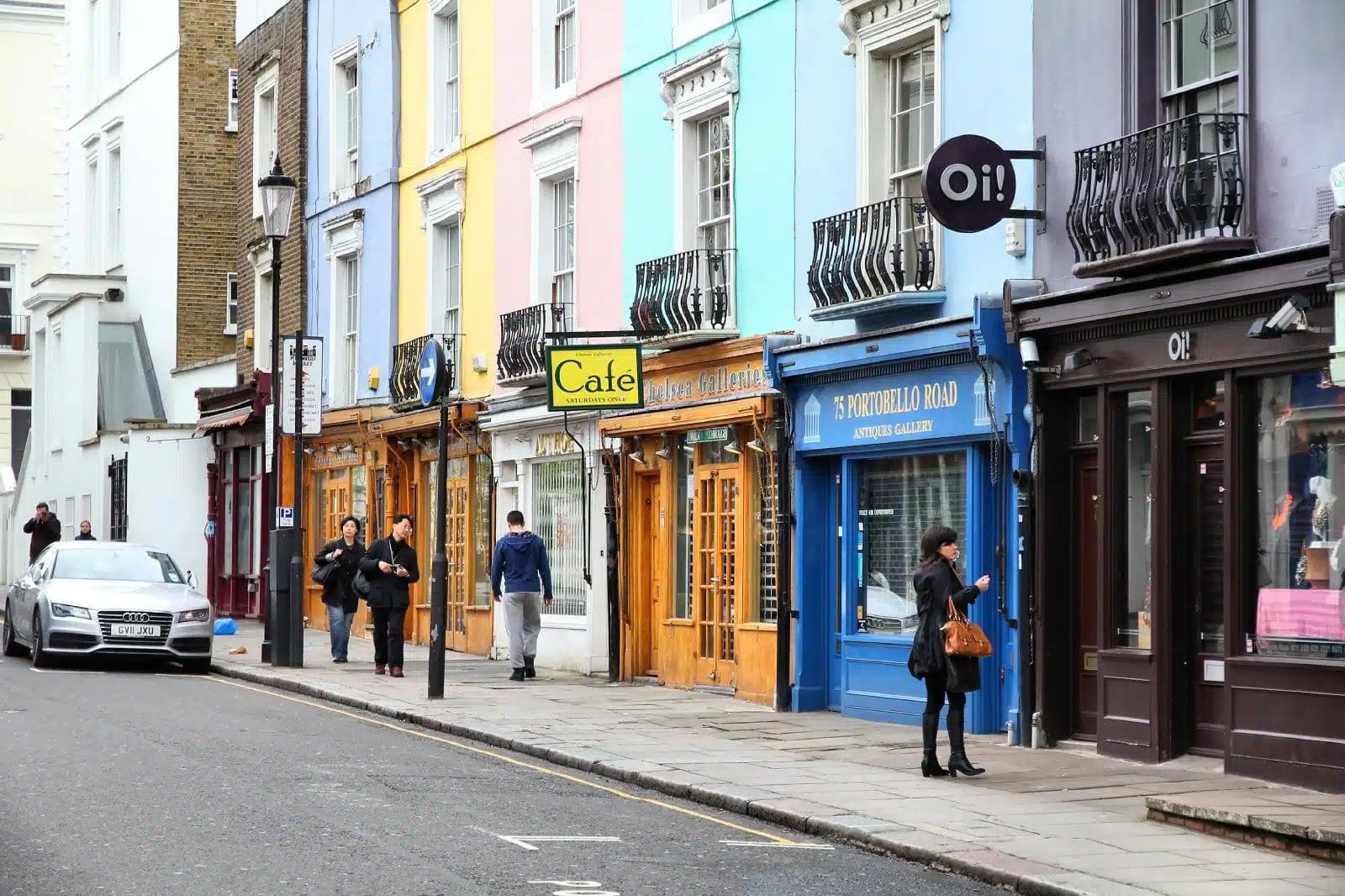
Image Credit: Shutterstock / Tupungato
Notting Hill, with its iconic pastel-colored houses and bustling market scene, offers the perfect backdrop for a quintessentially British breakfast experience. This charming neighborhood, famous for its role in numerous films, including its namesake Notting Hill, is home to various cafes and bakeries that serve everything from traditional English breakfasts to artisanal coffee and pastries.
I started my day at Lowry and Baker. Since its establishment in 2010, it has cemented its status as a Notting Hill staple, renowned for its relaxed approach to breakfast and brunch. This café distinguishes itself by creating an atmosphere reminiscent of dining at a friend’s home, combined with the quality of a professional kitchen. The menu features a variety of options, from homemade granola to brioche with ricotta and fresh berries, eggs benedict, and corn fritter stacks, all served on eclectic, vintage-style crockery.
My Insider’s Tip: Due to its popularity, Lowry and Baker often experiences high demand, especially during weekends. For a quicker visit focused on coffee, a weekday might be preferable. However, early arrival is recommended for those intent on enjoying the full breakfast or brunch menus to avoid waiting times so you can fully appreciate Lowry and Baker’s unique blend of homeliness and culinary excellence.
Visit the British Museum
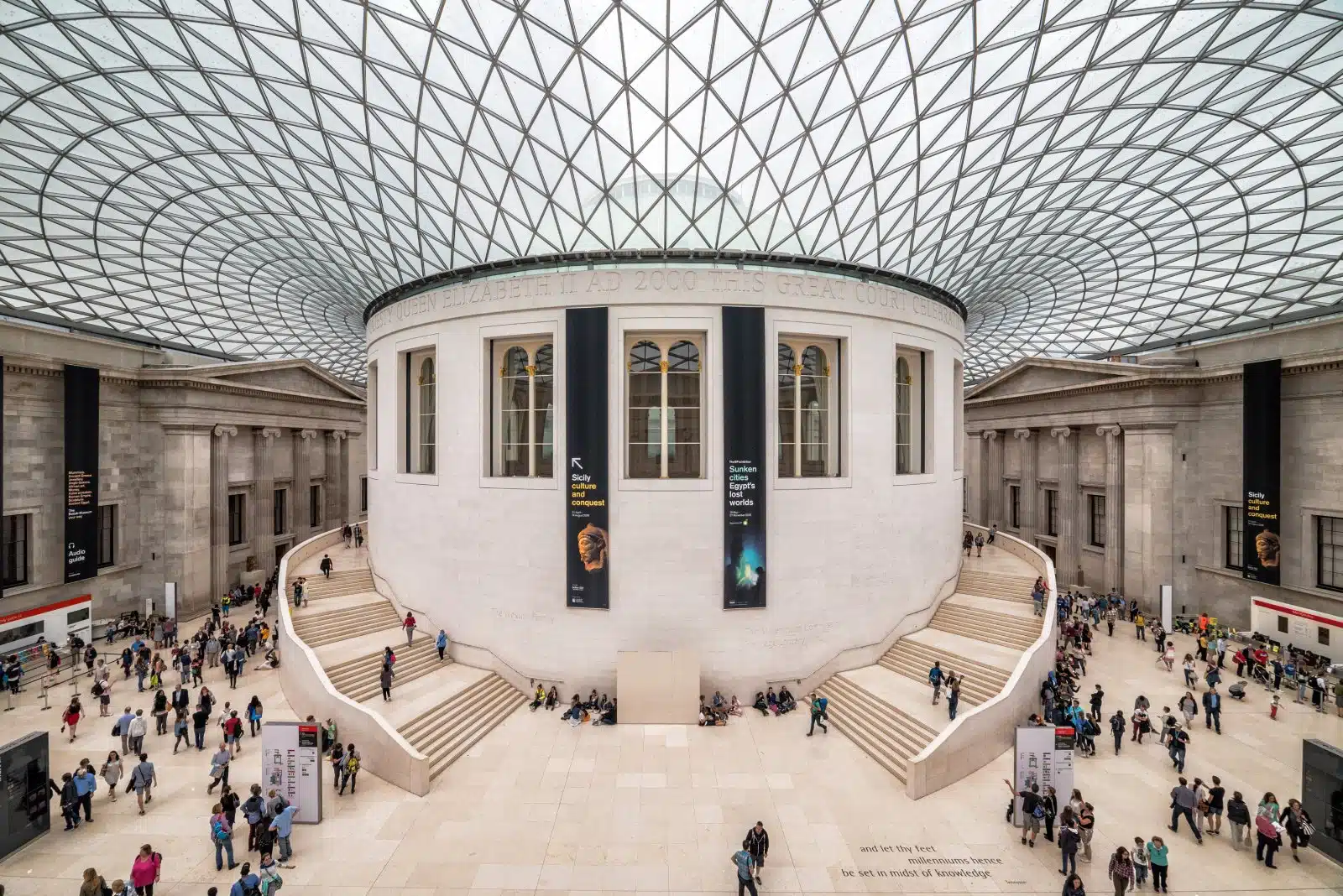
Image Credit: Shutterstock / Piotr Wawrzyniuk
The British Museum stands as one of the world’s foremost institutions for the preservation and study of human history, art, and culture. Established in 1753, primarily from the collections of the physician and scientist Sir Hans Sloane, it opened to the public in 1759 in Montagu House, Bloomsbury. Today, it occupies a vast and architecturally significant building designed by Sir Robert Smirke, completed in the 19th century, with subsequent additions such as the iconic Great Court with its glass and steel roof designed by Sir Norman Foster, unveiled in 2000.
The museum’s collection spans over eight million objects, illustrating and documenting the story of human culture from its beginnings to the present. Its most famous treasures are the Rosetta Stone, which was crucial in deciphering Egyptian hieroglyphs, and the Parthenon Sculptures (Elgin Marbles), which offer insight into ancient Greek civilization. The museum also houses extensive collections from ancient civilizations around the world, including Assyrian, Babylonian, Egyptian, and the cultures of the Pacific, the Americas, and Africa.
The British Museum is also a center for research and scholarship, with a vast library and archives for studying antiquity and archaeology. Its permanent and temporary exhibitions educate and inspire visitors about the interconnectedness of world cultures and the universal threads of human achievement.
My Insider’s Tip: To truly appreciate the depth and breadth of the British Museum’s collections, consider joining one of the many guided tours or daily talks. These tours provide expert insights into specific collections and can help navigate the museum’s extensive galleries. For a more focused visit, the museum’s website and mobile app offer themed trails highlighting key objects and their historical contexts, allowing for a self-guided exploration of human history’s milestones.
Lunch in Covent Garden
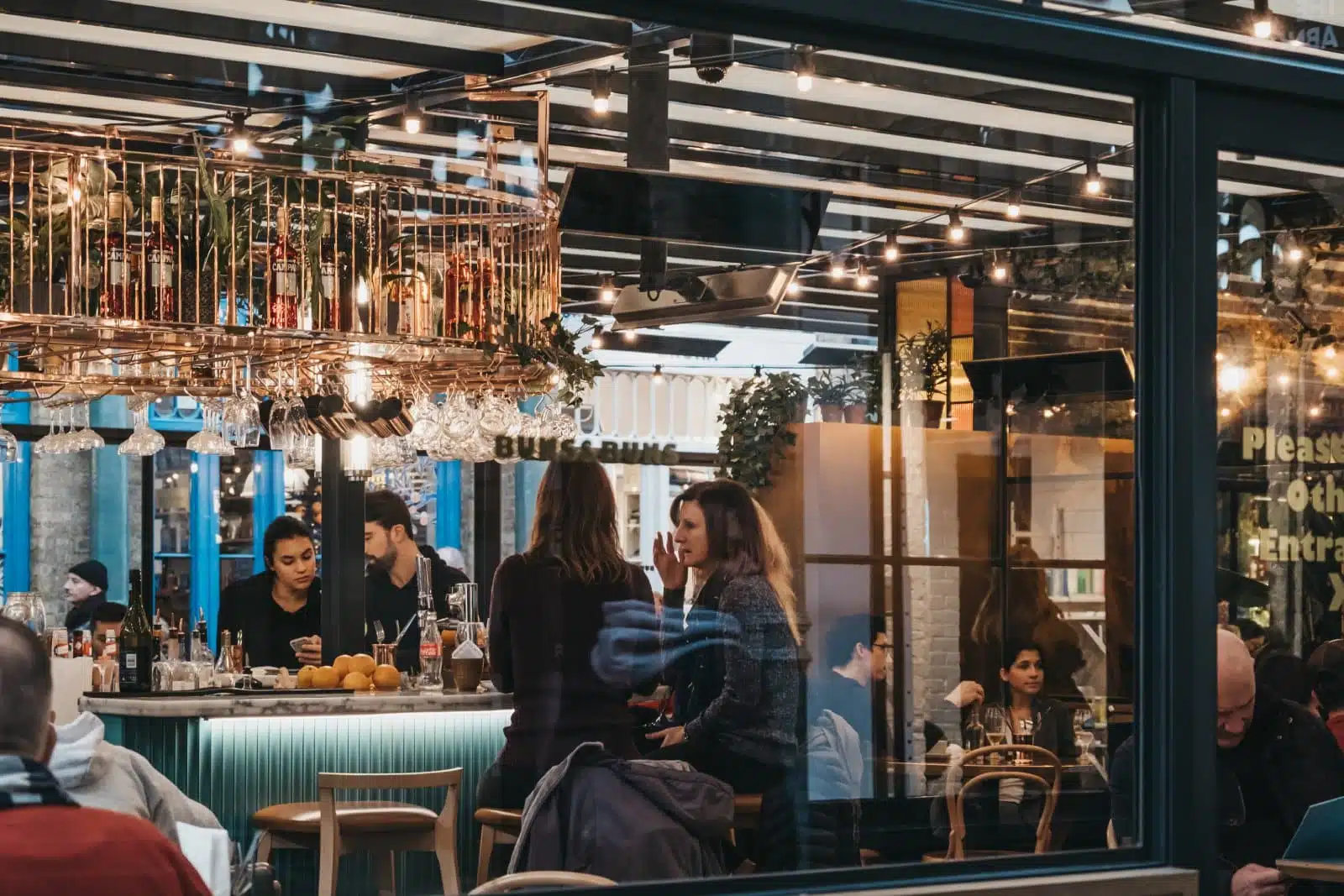
Image Credit: Shutterstock / Alena Veasey
Covent Garden, known for its vibrant atmosphere and historic market building, is a hub for culinary delights. The area boasts a wide range of dining options, from street food stalls to upscale restaurants catering to all tastes.
Buns & Buns, situated in the bustling Covent Garden Market Building, introduces a novel dining concept that celebrates the art of bread-making. Founded by Alexandre Zibi following its initial success in Miami, the restaurant has quickly established itself as a culinary destination in London. Emphasizing breads and buns from around the globe, the menu features an array of options, including the soft, fluffy Taiwanese bao and the crisp, flavorful pala romana, a nod to Roman-style pizza bread. This outdoor dining venue, nestled within Covent Garden’s North Hall, offers a unique atmosphere that complements its innovative menu, making it an ideal spot for a memorable lunch experience.
My Insider’s Tip: Buns & Buns operates on a first-come, first-served basis but accepts reservations for groups of up to 6 people from mixed households, making it a convenient option for both impromptu visits and planned gatherings. Securing a booking in advance is advisable to ensure a seamless dining experience.
Afternoon at the Tower of London
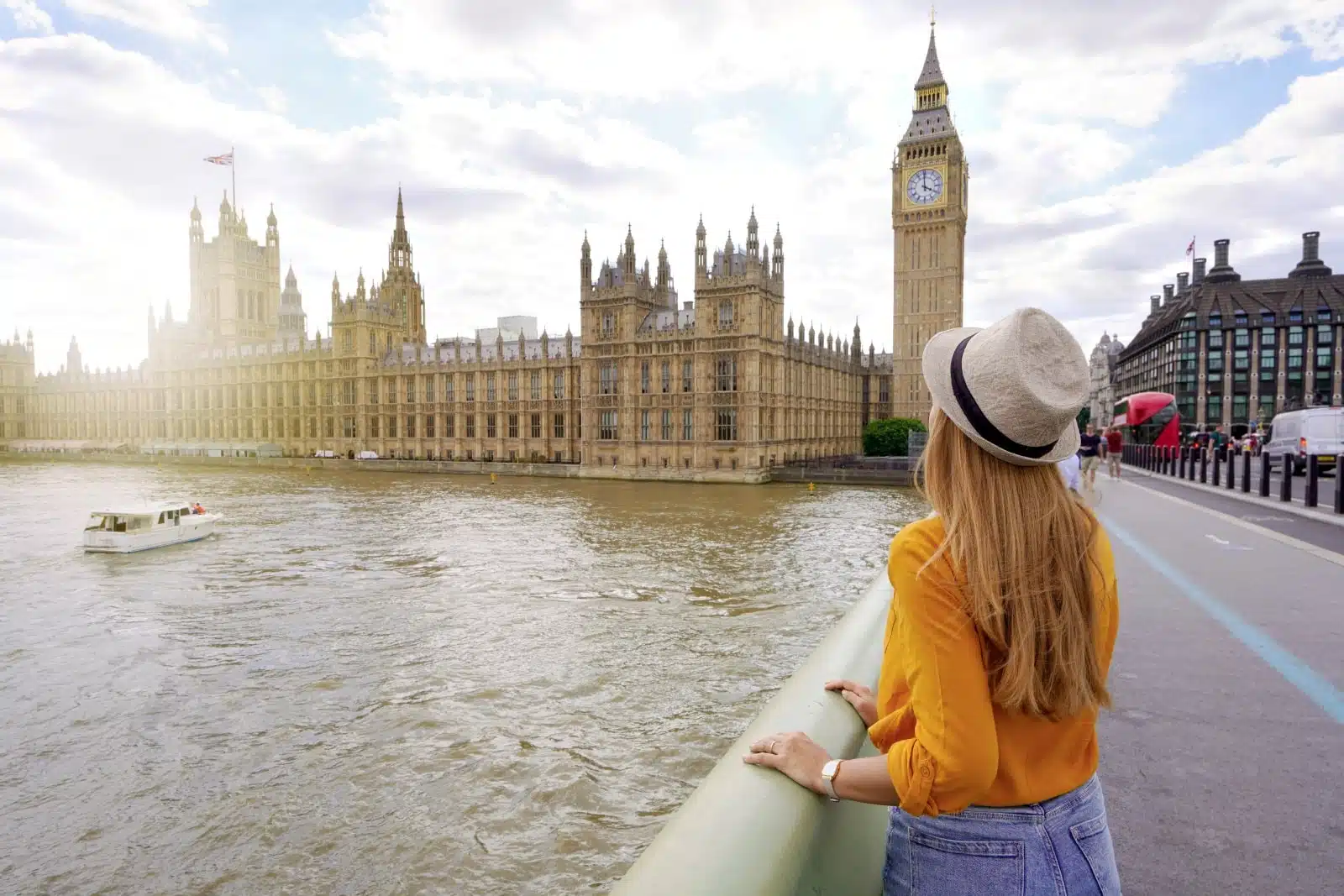
Image Credit: Shutterstock / Zigres
The Tower of London, officially Her Majesty’s Royal Palace and Fortress of the Tower of London, is a historic castle on the north bank of the River Thames in central London. Established by William the Conqueror in 1066 as part of the Norman Conquest of England, the Tower has served multiple roles through the centuries, including royal residence, treasury, menagerie, armory, observatory, and, most famously, as a prison. This UNESCO World Heritage Site offers visitors a deep dive into the rich tapestry of British history, encompassing tales of intrigue, ambition, and resilience.
The Tower’s architecture highlights its evolving role throughout history, featuring the iconic White Tower, built by William the Conqueror in 1078, which gives the entire complex its name. The surrounding structures, developed over centuries, enclose a network of buildings and fortifications. Notable among the Tower’s residents were the Yeomen Warders, or Beefeaters, who have guarded the fortress since Tudor times. Today, they serve as guides, providing tours that blend historical facts with folklore.
I explored several attractions within the Tower, including the Crown Jewels, a collection of royal regalia and symbols of the British monarchy’s power and heritage. The White Tower houses the Royal Armouries collection, displaying arms and armaments through the ages. The Medieval Palace reveals the living quarters of past kings and queens, offering a glimpse into the personal lives of the monarchy.
The Tower also has a darker side, having been the site of numerous imprisonments and executions, including those of Anne Boleyn and Catherine Howard, wives of Henry VIII, and Thomas More, Henry’s chancellor. These stories add a layer of somber fascination to the visit, making the Tower a complex symbol of both royal splendor and tragedy.
My Insider’s Tip: To maximize your experience at the Tower of London, consider attending one of the Yeoman Warder tours. These tours are included with admission and provide valuable insights into the Tower’s history, secrets, and anecdotes that you might not discover alone.
Evening Ride on the London Eye
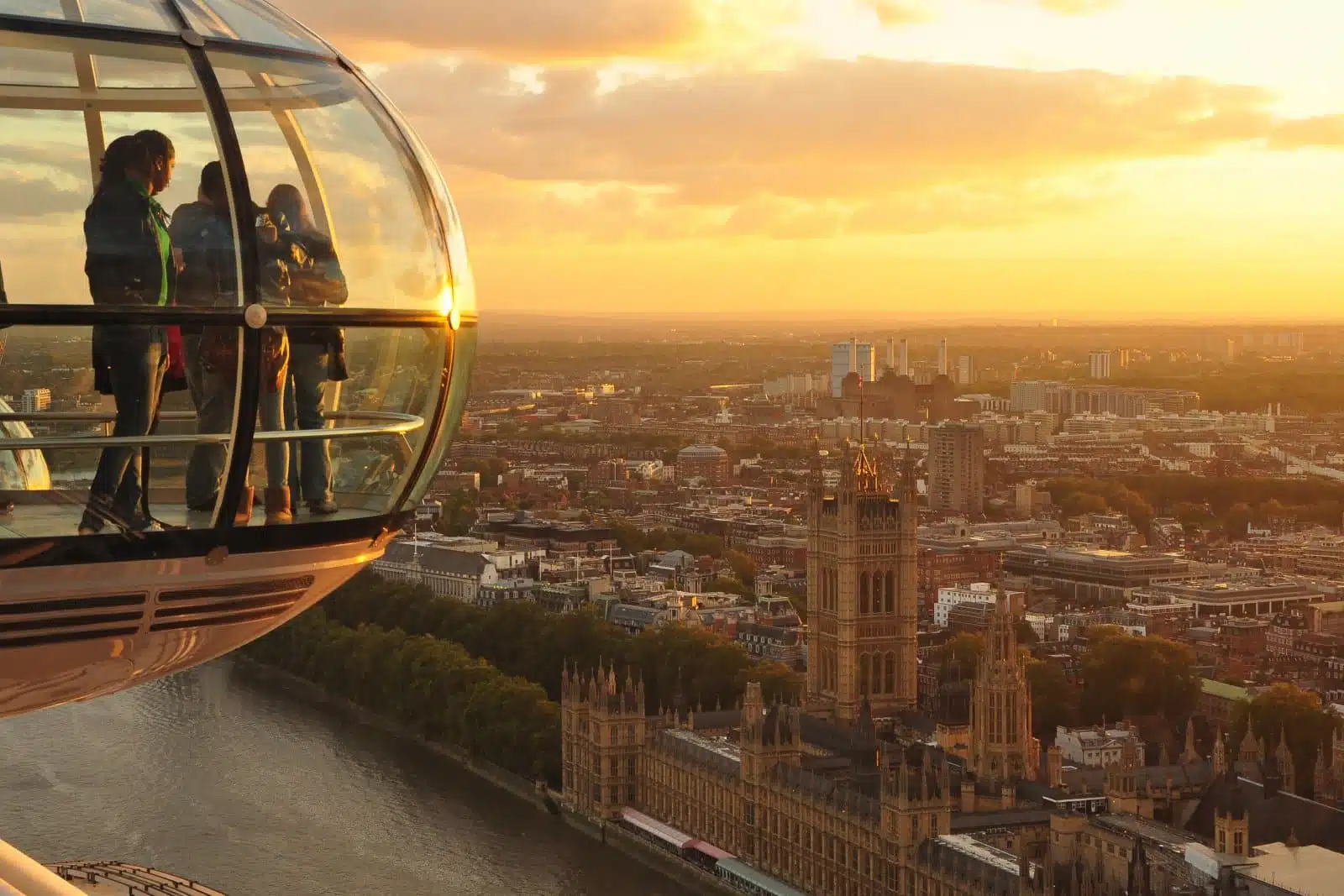
Image Credit: Shutterstock / TasanP
The London Eye, a modern symbol of London, stands prominently along the South Bank of the River Thames. Since its inauguration in 2000, it has allowed millions of visitors to experience unparalleled views of London’s historic and contemporary skyline. The structure, designed by architects Frank Anatole, Nic Bailey, Steve Chilton, Malcolm Cook, Mark Sparrowhawk, Julia Barfield, and David Marks, was initially conceived as a temporary installation to mark the millennium. However, its overwhelming popularity secured its place as a permanent fixture and a must-visit landmark in the city.
Rising to a height of 135 meters (443 ft), the London Eye is one of the world’s tallest observation wheels, featuring 32 sealed and air-conditioned ovoidal passenger capsules. Each capsule represents one of the London Boroughs, offering up to 25 guests a leisurely 30-minute rotation that provides ample time to soak in the city’s vast expanse. From the top, visitors can gaze out over the Thames, capturing sights such as the Houses of Parliament, St. Paul’s Cathedral, and on clear days, even Windsor Castle on the city’s outskirts.
An evening ride on the London Eye is particularly magical as the sun sets and the city lights begin to twinkle, transforming the urban landscape into a glittering panorama. The transition from day to night over the ride offers a unique experience, highlighting the beauty of London’s architectural diversity and the serene flow of the Thames below.
My Insider’s Tip: For an enhanced experience, consider booking a Fast-Track Ticket or a Private Capsule. The Fast-Track Ticket allows for priority boarding, significantly reducing wait times, while a Private Capsule offers a more intimate setting, perfect for special occasions or a memorable family outing. Additionally, timing your ride to coincide with sunset can provide the most dramatic views and photo opportunities, making your visit to the London Eye a truly unforgettable experience.
Dinner at Sea Containers Restaurant
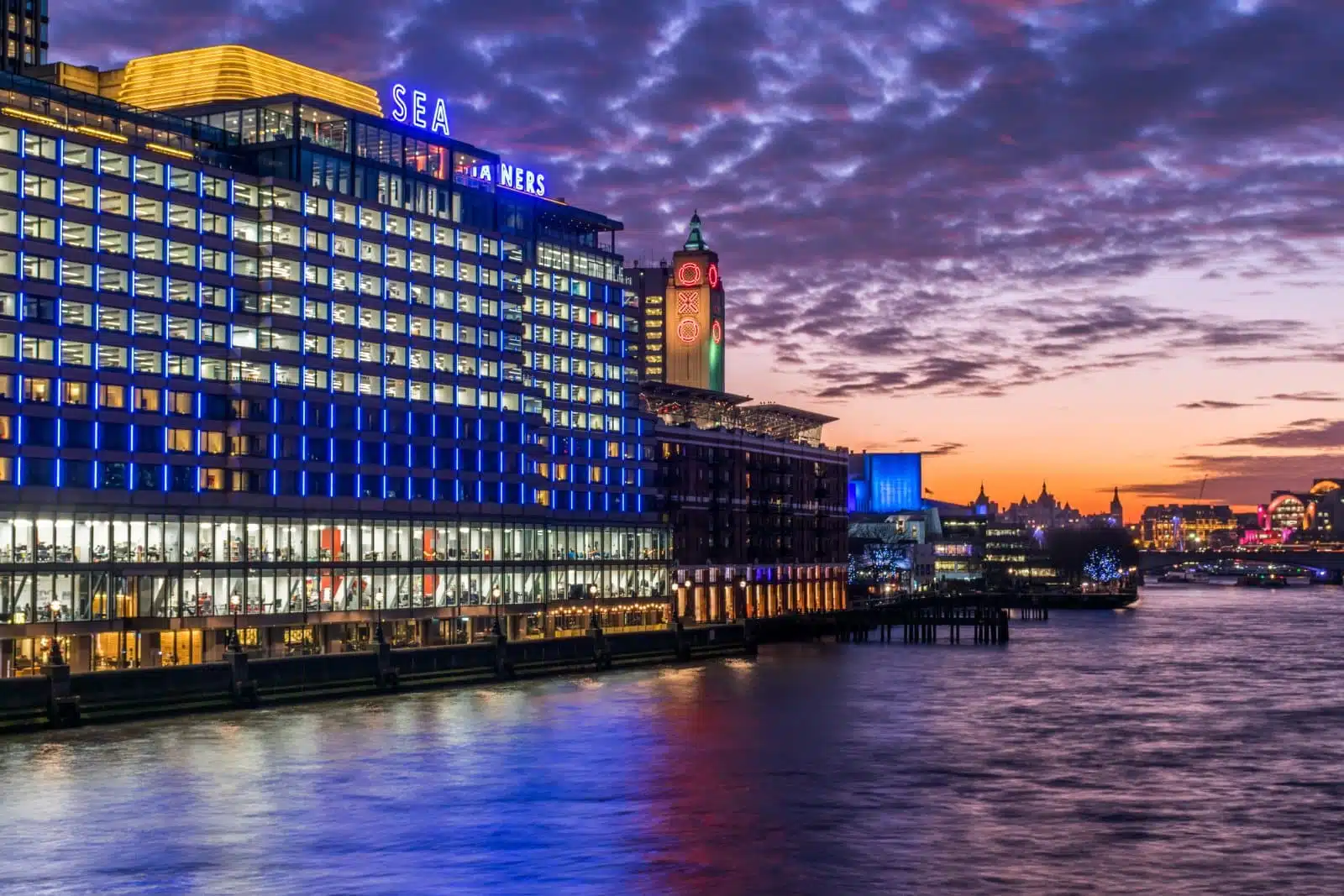
Image Credit: Shutterstock / sixpixx
Sea Containers Restaurant, located on the ground floor of Sea Containers London, offers a dining experience that marries British and American culinary traditions with a Mediterranean influence. Inspired by the Golden Age of transatlantic travel, the restaurant’s design features sleek, modern interiors with nautical elements, including a striking copper-clad wall reminiscent of a ship’s hull. Floor-to-ceiling bifold windows open onto the Queen’s Walk, offering diners breathtaking views of the River Thames. The menu emphasizes seasonality and ingredient-led cooking, with dishes designed for sharing, ranging from small plates to extensive feasting options.
My Insider’s Tip: For an enhanced dining experience, request a table near the windows to enjoy the stunning river views. Exploring the shared dishes also allows for a more communal and varied dining experience, reflecting the restaurant’s modern, social eating ethos. Booking in advance is recommended.
Brief History of London
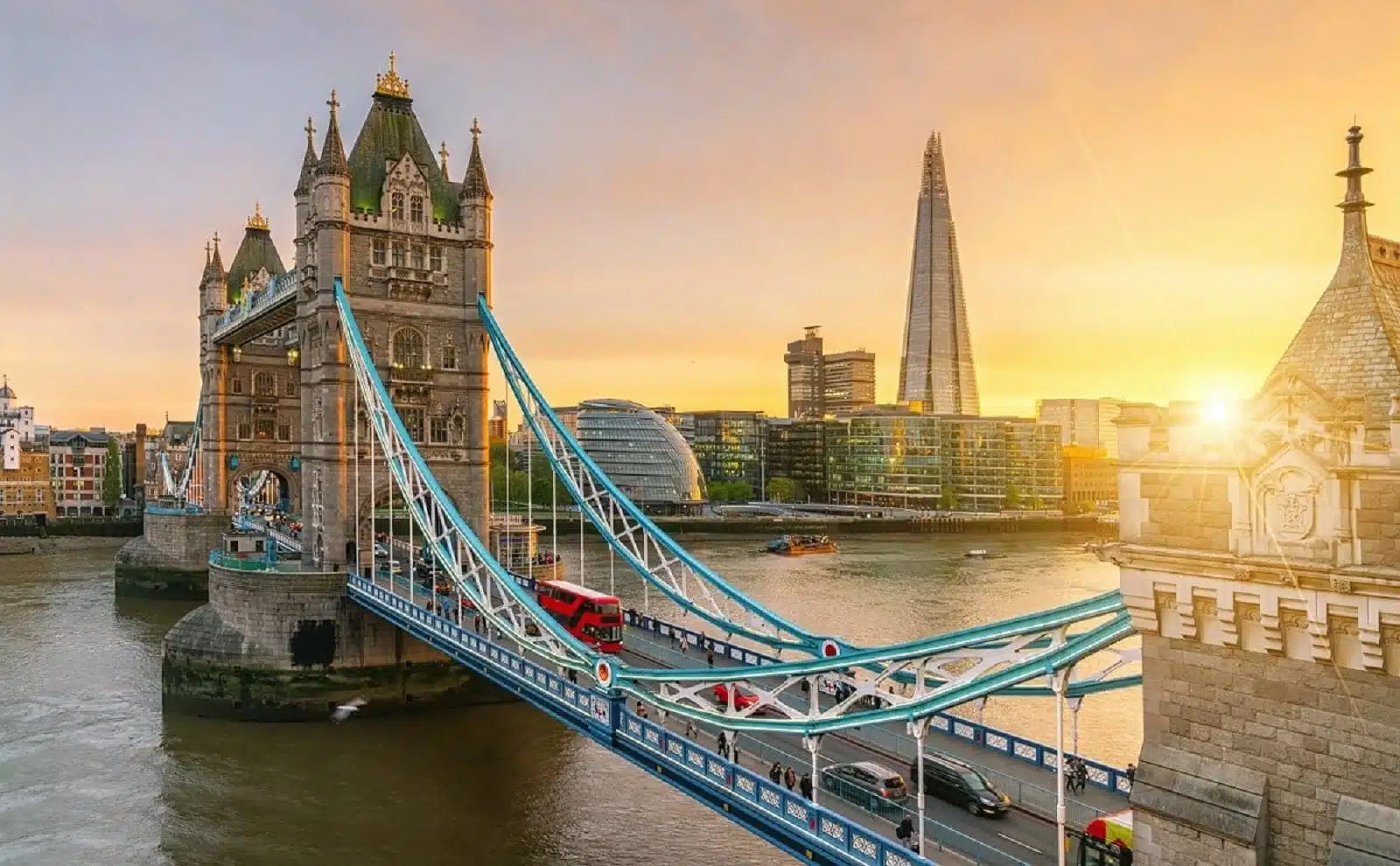
Image Credit: Shutterstock / r.classen
London’s history is as vast and complex as the city itself, spanning over two millennia. Founded by the Romans in AD 43 as Londinium, London quickly became a significant commercial center of the Roman Empire. However, the departure of the Romans in the early 5th century left the city nearly abandoned, vulnerable to subsequent invasions by Vikings and Saxons.
The city’s fortunes revived under the Normans, following the conquest of England in 1066 by William the Conqueror, who established the Tower of London, the city’s oldest fortress and one of its most iconic landmarks. The Middle Ages saw London emerge as a thriving medieval city, despite being plagued by the Black Death in the 14th century, which wiped out nearly a third of its population.
The 16th and 17th centuries marked a period of profound transformation and turmoil for London, with the Reformation, the establishment of the Royal Exchange in 1565, and the catastrophic Great Fire of 1666, which destroyed much of the medieval city. However, the fire also provided an opportunity for rebuilding, leading to the construction of the new St. Paul’s Cathedral, a masterpiece by Sir Christopher Wren, and the modernization of the city’s infrastructure.
The 18th and 19th centuries Industrial Revolution propelled London into the forefront of global commerce and industry, exponentially expanding its boundaries and population. The Victorian era saw the construction of London’s extensive underground railway network, the world’s first, and the establishment of numerous institutions and landmarks that define the city today.
The 20th century was marked by both adversity and renewal, with London enduring significant damage during the Blitz of World War II. The post-war period saw extensive rebuilding and the emergence of London as a multicultural metropolis, reflecting waves of immigration from the Commonwealth and beyond.
Today, London is a global city, rich in history and diversity, a financial powerhouse, and a cultural beacon, attracting millions of visitors yearly to its historic sites, museums, and dynamic urban landscape.
When to Travel
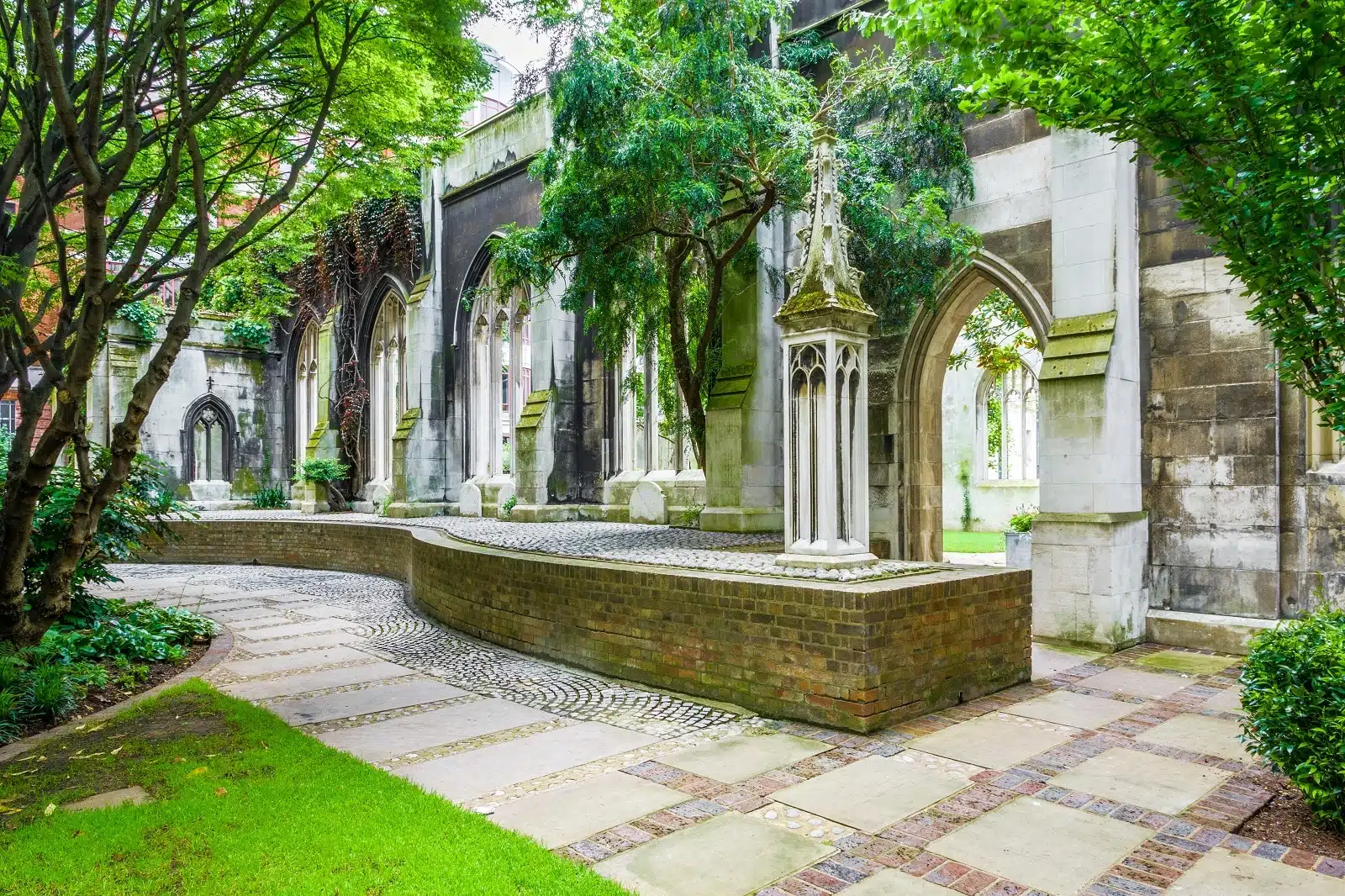
Image Credit: Shutterstock / I Wei Huang
The best time to visit London is during the spring (March to May) and autumn (September to November), when the weather is mild, and the city’s parks are in full bloom or beautifully autumnal.
How to Get There
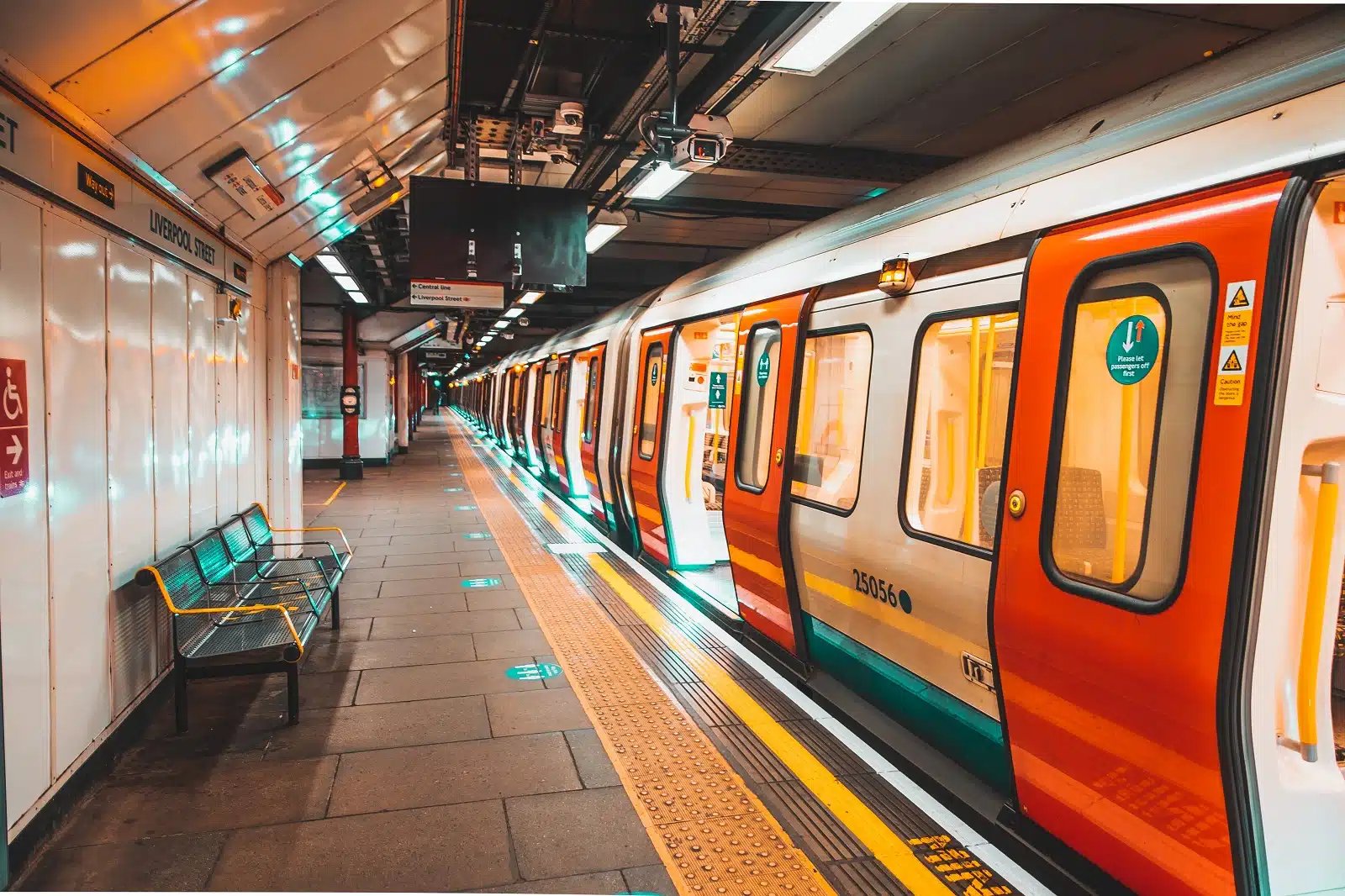
Image Credit: Shutterstock / Antonio Batinic
London is served by five major airports: Heathrow, Gatwick, Stansted, Luton, and City. The city’s extensive public transport network, including the Underground (Tube), buses, and trains, makes navigating London both convenient and efficient.
The Bottom Line

Image Credit: Shutterstock / Sven Hansche
In London, every corner tells a story, and every street holds a piece of history. From the serene mornings in Notting Hill to the enchanting evenings overlooking the Thames, your day in London explores the city’s enduring magic. As you traverse this city of contrasts, remember that London is not just a destination; it’s an experience rich in history, culture, and life.
More From The Green Voyage
Top 10 Trending Travel Destinations 2024
6 Essential Banking Apps for International Travel – Managing Your Finances on the Go
Traveling With Kids – 10 Tips to Create Memorable Family Holidays
The post One Day in…London, England first appeared on The Green Voyage.
Featured Image Credit: Shutterstock / ESB Professional.
For transparency, this content was partly developed with AI assistance and carefully curated by an experienced editor to be informative and ensure accuracy.
Tips for Trip Success
Book Your Flight
Find an inexpensive flight by using Kayak, a favorite of ours because it regularly returns less expensive flight options from a variety of airlines.
Book Your Hotel or Special Accommodation
We are big fans of Booking.com. We like their review system and photos. If we want to see more reviews and additional booking options, we go to Expedia.
You Need Travel Insurance!
Good travel insurance means having total peace of mind. Travel insurance protects you when your medical insurance often will not and better than what you get from your credit card. It will provide comprehensive coverage should you need medical treatment or return to the United States, compensation for trip interruption, baggage loss, and other situations.Find the Perfect Insurance Plan for Your Trip
